By Philipp Zöllner & Dr. Danijel Jozic
From Stereotypes to Real Understanding of Target Audiences
Sabine, 35 years old, married, university-educated, loves shopping, family-oriented, very active on social media, and conscious about sustainability. We often encounter such stereotypical target audience descriptions. They remain superficial, lead to impersonal marketing actions, and prevent a true understanding of the target audience.

At first glance, personas and segmentation might seem like simple tools, but in practice, they are complex to develop and apply. Segmentation mainly relies on quantitative data such as demographics, purchase histories, or cluster analyses. Personas, on the other hand, capture qualitative dimensions like goals, motivations, and behavioral patterns. They concretize segments based on shared characteristics, enable targeted marketing actions, and foster deeper understanding and empathy among internal stakeholders.
Gaining more value by combining segmentation and personas
However, personas are often used incorrectly: they include irrelevant information, are influenced by biases, or are mistakenly used as the sole basis for targeting, even though a solid segmentation is usually more suitable. The approach becomes truly effective only when segmentation and personas are deliberately combined. Instead of a purely demographic description like “Sabine,” a more comprehensive picture emerges that incorporates not just age and family status, but also values, needs, behavioral patterns, and channel preferences. A persona like Sabine would then not merely be described as a “35-year-old, family-oriented consumer,” but as a “sustainability-conscious frequent buyer who trusts product recommendations from social networks and prefers digital services during the purchase process.”
Studies, including those from the Harvard Business Review, show that focusing solely on demographic and transactional attributes falls short. An integrated model that methodically combines segmentation and personas creates a more relevant view of the target audiences. The prerequisite is that segments and personas are developed on a data-driven basis, considering both static criteria like demographics and dynamic factors like motivation, values, behavior, and context. Equally important is their purpose orientation: without a clear goal, personas remain too general, fail to support meaningful decisions, and end up unused in a drawer. Only when it is defined from the start which initiatives they are meant to guide, be it optimizing the customer journey, developing new products, or personalizing marketing actions, do they reach their full value.
How AI Opens New Paths in Segmentation
Many companies are increasingly asking how personas can be developed data-driven, continuously refined, and operationally leveraged. The pace of market change overwhelms classical target audience management. Customers expect personalized experiences while the number of touchpoints grows, and companies are confronted with an enormous flood of data. Segmentation models based on static assumptions can barely capture this complexity and lead to scatter loss, inefficient resource use, and missed opportunities. Artificial Intelligence (AI) opens new possibilities here: it connects data sources in real-time, identifies patterns, and dynamically adapts target groups. This is precisely where our CLEAR Segmentation Lab comes in, which we would like to introduce to you in this article.
The Challenges of Target Audience Management
The effectiveness of many segmentation approaches often falls short of expectations. One reason is the difficulty of implementing personalization at scale. While companies invest in micro-segmentation and content automation, without a solid data and technology foundation, these approaches quickly reach their limits.
| Technological challenges | – Data integration and silos – Complex marketing tech stacks with insufficient tool integration – Limited AI usage – Poor data quality and inconsistent definitions |
| Methodological challenges | – Outdated, static, or overly broad segments – Irregular persona updates – Ineffective use of segments – Bias caused by outdated or subjective assumptions and overestimating segment differences |
| Organizational challenges | – Internal silo structures without a unified audience view – Lack of resources and know-how for data-driven segmentation – Limited cross-departmental alignment – No clear responsibility or strategy |
| Market-driven challenges | – Changing customer behavior and higher expectations for personalization and compliance with new data protection laws – Difficulty in capturing behaviorally relevant and psychographic segmentation criteria |
Particularly challenging is the fragmented data landscape: customer data is distributed across CRM systems, web analytics, social media, and e-commerce platforms that rarely integrate seamlessly. Missing interfaces and differing definitions further complicate deriving a consistent 360° view of the customer.
Why many segmentations fail in practice
Methodologically, many segmentations are too broad or outdated. Demographic criteria dominate, while behavioral and motivational factors are rarely considered. Regular updates are often missing, so segments barely reflect dynamic customer behavior.
Organizationally, silo structures prevent a shared understanding of the target audiences. Each department works with its own audience definitions, while resources, know-how, and clear responsibilities are lacking to consistently apply data-driven methods.
External factors also come into play: customers today expect relevant, personalized interactions and respond sensitively to interchangeable offers. At the same time, data protection regulations such as the GDPR make it more difficult to use certain types of data, especially psychographic information, which would be particularly valuable for more precise segmentation.
Turning Data into Intelligent Personas: Our CLEAR Segmentation Lab
With our new CLEAR Segmentation Lab, we help companies activate their data potential and secure competitive advantages. CLEAR is a data-driven approach that combines cutting-edge AI technology with practical methodology. The framework describes a structured process in which raw data is transformed into intelligent personas. CLEAR stands for the five steps: Collect, Label, Explore, Assemble, Refine. The goal is to evolve target audience management from a static model into a dynamic, adaptive process.

At the core is powerful data integration that brings together first-party, second-party, and third-party data from internal and external sources. This creates a unified data foundation that enables a complete and up-to-date view of the target audiences. On this basis, machine learning models continuously analyze customer interactions, purchasing behavior, and market trends. Changes are detected in real-time and used for segmentation. The result is target audience profiles that continuously adapt and always reflect current market conditions.
The innovative use of digital twins in the CLEAR Segmentation Lab
A unique feature of the CLEAR Segmentation Lab is the use of digital twins. These are digital personas of the target audience that not only contain data passively but also function as interactive conversation partners. Teams can directly query these digital personas to find out, for example, which content is most relevant, which channels are preferred, or how a new offer would be received. This interactive element makes target group understanding tangible and actionable (see Figure 1).
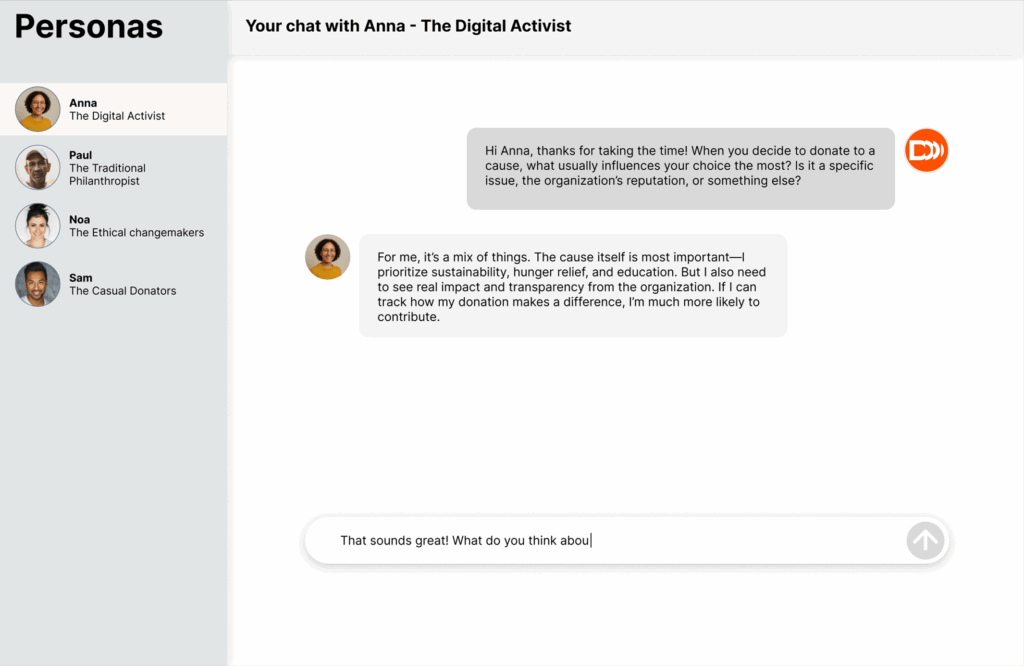
The Value for Companies
The value for companies is significant both strategically and operationally. Continuously updated audience profiles increase the precision of customer targeting, leading to more relevant campaigns based on current insights. 71% of consumers expect personalized interactions, and 76% get frustrated when this does not happen. Granular segmentation allows marketing actions to be targeted to specific stages of the customer lifecycle, from acquiring new customers, retaining them, reactivating inactive customers, to preventing churn.
Using budgets more effectively with intelligent personas
Marketing and sales budgets can be used more efficiently when investments flow into initiatives with a high likelihood of success. Companies can use intelligent personas to target audiences such as price-sensitive buyers, loyalty program members, or infrequent purchasers and unlock additional margin potential. While individually addressing small customer segments was previously nearly impossible due to high costs and operational hurdles, AI now makes it possible to deliver personalized content at scale and lower cost based on digital personas.
Working better across departments
Furthermore, the CLEAR approach improves cross-departmental collaboration. When all business units access the same up-to-date view of target audiences, internal silos are broken down, and consistent customer communication across channels becomes possible. At the same time, agility increases: market changes, seasonal trends, or customer feedback can be considered in real-time, allowing companies to anticipate current customer developments early.
The Process of Implementing Intelligent Personas

In the COLLECT step, internal sources such as CRM, transaction, and interaction data are cleaned and enriched with external information from web and social media analyses and open data pools. This creates a reliable data foundation that links all relevant information centrally, making it usable for analysis and segmentation while ensuring compliance with GDPR.
Next comes LABEL, the definition of segmentation criteria. Here, usable factors such as demographics and geography are combined with dynamic aspects like motivation, behavior, and channel preferences to define many relevant and actionable criteria.
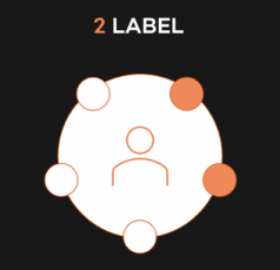
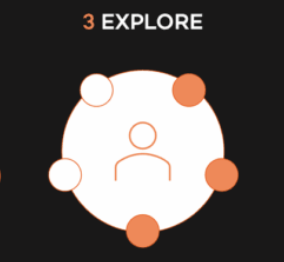
With EXPLORE, the actual segmentation begins. Strategic target group hypotheses are formulated, tested, and refined through exploratory data analyses, clustering methods, and machine learning. This results in clear, differentiated, and valid segments.
In ASSEMBLE, these clusters are translated into concrete personas. They represent motivations, values, media usage, and purchasing behavior, and are complemented by practical metadata. Each persona also receives a digital twin, which uses AI to simulate target group reactions, enables campaign testing, and provides real-time insights.
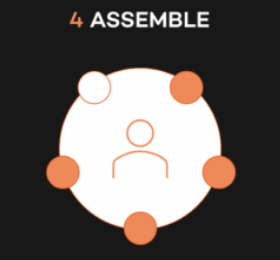
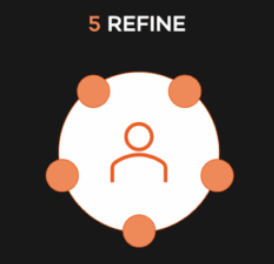
The final step, REFINE, ensures that the personas do not remain static. They are integrated into CRM, marketing automation, and analytics platforms and continuously adjusted to reflect changing customer behavior. This transforms them into living data products, firmly embedded in the organization with clear accountability.
CLEAR Segmentation Lab: Your technological foundation for hyper-personalization
Target group management is evolving from a one-off, project-oriented task into a continuous, strategic process. Companies that make this transition early secure sustainable competitive advantages through hyper-personalization. The CLEAR Segmentation Lab provides the technological foundation for this: it combines data integration, AI-powered analysis, and interactive digital personas in a system that dynamically adapts to changing market conditions.
Get in Touch with Diconium
In a business world where data quality and responsiveness determine success, this approach creates a new form of customer proximity. It enables companies not only to understand customers but to engage in a real dialogue with them. For businesses looking to strengthen and expand their market position, this is a decisive step toward the future.
Sounds interesting? Get in touch with us and discover together with Diconium how the CLEAR Segmentation Lab can take your target audience management to the next level.
References
- McKinsey (2025): The next frontier of personalized marketing, https://www.mckinsey.com/capabilities/growth-marketing-and-sales/our-insights/unlocking-the-next-frontier-of-personalized-marketing, (retrieved on 14th of August)
- Forrester (2024): Your Personas Are Outdated – It’s Time To Evolve Your Approach, https://www.forrester.com/blogs/your-personas-are-outdated-its-time-to-evolve-your-approach
- Gartner (2024): Survey Reveals Pitfalls of Personalization, https://www.demandgenreport.com/industry-news/news-brief/gartner-survey-reveals-the-pitfalls-of-personalization-to-avoid
- PwC (2023): Decision points: Sharpening the pre-purchase consumer experience, https://www.pwc.com/gx/en/industries/consumer-markets/consumer-insights-survey.html
